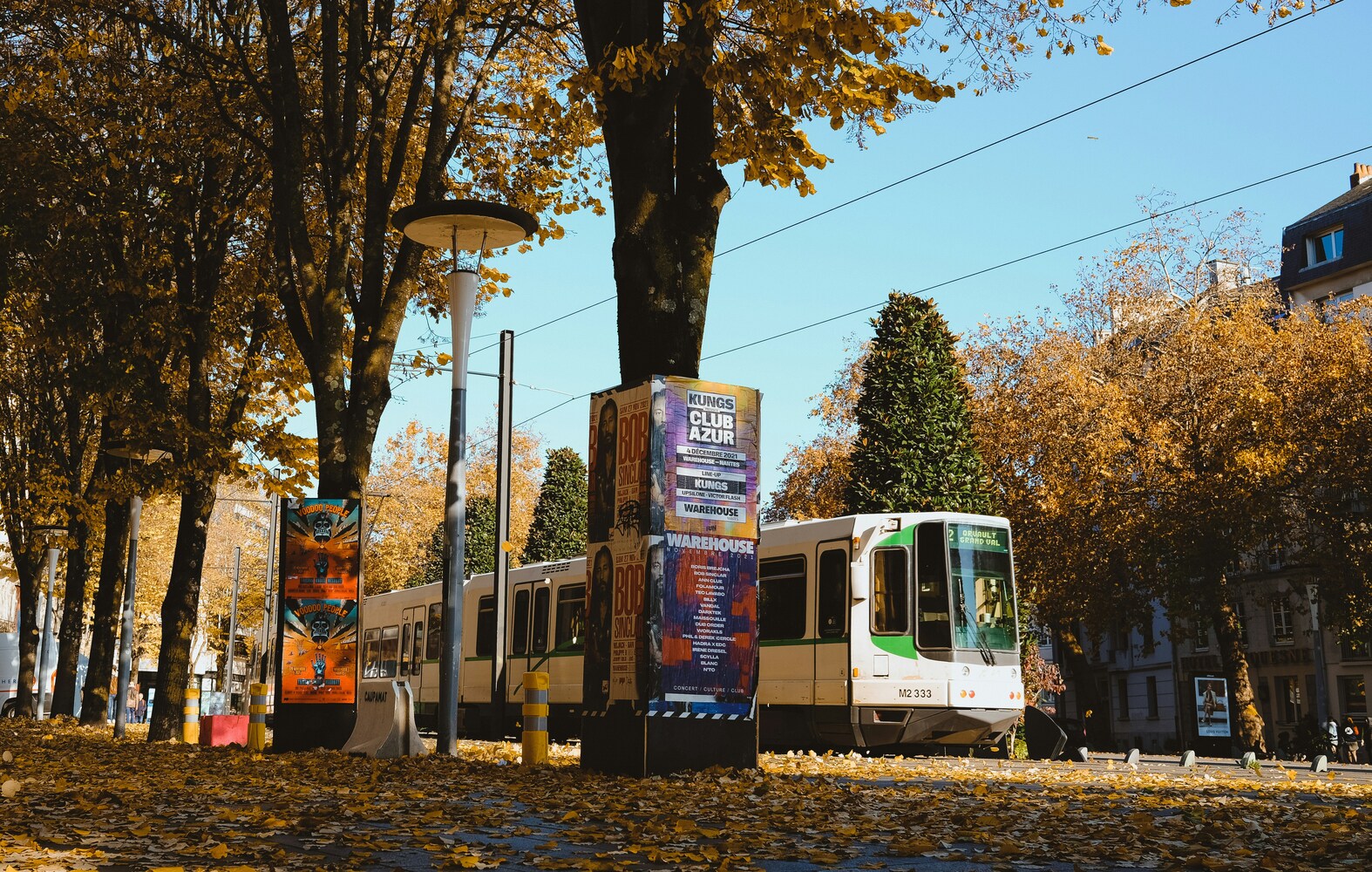3 tips to easily get your bearings in Paris and its arrondissements

Would you like to move to Paris but don’t understand the geographical organization of Paris’ arrondissements? Understanding how to read a map of Paris is essential while looking for an apartment in Paris or staying there. If you would like to understand the snail structure of Paris’ arrondissements and be able to get your bearings in Paris, then this Lodgis post is here to guide you!
Advice n°1: Group the arrondissement of Paris on the map by rings
Our first piece of advice to be able to easily read the map of Paris’ arrondissements is to understand the organization of the two rings.
Paris covers 20 different municipal arrondissements. The arrondissements of Paris can be grouped together into two rings.
The first ring covers the arrondissements from 1 to 11, representing the very center of Paris. The center is made up of the following areas: Louvre (1st), Bourse (2nd), Temple (3rd), Hôtel-de-Ville (4th), Panthéon (5th), Luxembourg (6th), Palais-Bourbon (7th), Élysée (8th), Opéra (9th), Entrepôt (10th) andPopincourt (11th).
Thus, the second ring covers the arrondissements surrounding those at the very center of Paris. It is represented by arrondissements 12 to 20: Reuilly (12th), Gobelins (13th), Observatoire (14th), Vaugirard (15th), Passy (16th), Batignolles-Monceau (17th), Buttes-Montmartre (18th), Buttes-Chaumont (19th) and Ménilmontant (20th).
Advice n°2: Following the River Seine that bisects the map of Paris
Our second piece of advice to understand the organization of Paris’ arrondissements is to follow the north and south sides of the River Seine. According to Parisians, each arrondissement has a unique atmosphere and own advantages, so if you would like to learn how to recognize Paris’ arrondissements by their vibe, we recommend that you read our post on where to stay for the right atmosphere!
The Right Bank groups together the arrondissements of Paris located to the north of the river. It groups 14 arrondissements: the 1st to the 4th, the 8th to the 12th, and the 16th to the 20th. The Right Bank contains the biggest number of arrondissements of Paris.
As for the Left Bank, it covers only 6 arrondissements located to the south of the Seine: the 5th to 7th and the 13th to the 15th.
Bear in mind that the islands located on the river Seine don’t belong to any of the two Banks, like the Île aux Cygnes in the 15th arrondissement of Paris. And speaking of which, did you know that the 15th arrondissement of Paris is one of Paris’ most enchanting and welcoming places? This is why Lodgis offers a large range of furnished rentals in the 15th arrondissement of Paris!
Advice n°3: Understanding the snail map of Paris
An important element to bear in mind to really understand how to easily get your bearings in Paris is that the arrondissements are close to one another and spiral up following the shape of a snail. So if you want to understand their organizational structure, you just need to put your finger on the map and started drawing a clockwise spiral starting from the 1st arrondissement.
The arrondissements’ fusion: a new snail for 2020?
No reasons to worry! The fusion of the 1st, 2nd, 3rd and 4th arrondissements of Paris into one, which was voted for at the National Assembly, will not modify the location and organization of the arrondissements of Paris on the map. This fusion is purely administrative in order to “balance out” the arrondissements according to their population. In 2020, the arrondissements 1 to 4 will keep the same zip code but will have one central city hall to represent them.















